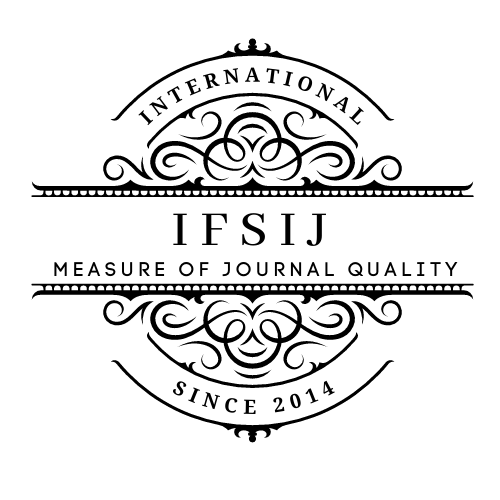PETROGRAPHY OF KERSANTITE DIKES OF THE YANGI UMID DEPOSIT (SOUTH TIEN SHAN)
Abstract
Object of study. Yangi Umid deposit of the Karakutan ore field is interesting because lamprophyre dikes (kersantites, spessartites) participate within mineralized zones, which are characterized by more basic composition, presence of olivine, pyroxene, chromite, nickel and cobalt sulfoarsenides and others in the composition besides the main (plagioclase and biotite). Methods. Determination of content of petrogenic and rare elements in rocks was carried out by ICP MS methods on ICPE-9000 spectrometer in the Central Laboratory of Mingeology of RUz. Description and micrographs of transparent and polished grinds were made on Nikon Optiphot 2 Pol and Polam P-311 microscopes. As a result of the study, olivine kersantites are characterized by low silicic acidity and alkalinity due to the presence of olivine, pyroxene, amphibole and basic plagioclase. These rocks have a high content of gold (from 0.05 to 0.20 g/t), nickel, uranium, silver, arsenic and selenium. The geochemical features of the dike rocks are expressed in the significant presence of siderophile element-impurities - chromium, nickel, cobalt and high Ni/Co values (4.60 g/t). La/Ta (40.31) and La/Yb (16.72) relations in olivine kersantites are typical for post-orogenic continental intraplate environments. The weak europium maximum, Ni/Co=>3 and olivine+plagioclase+amphibole+biotite paragenesis testify to the subcrustal origin of olivine kersantite magmas. Kersantites play a role in the formation of gold-silver-polymetallic mineralization.
Downloads
Published
Issue
Section
License

This work is licensed under a Creative Commons Attribution-NonCommercial-NoDerivatives 4.0 International License.















